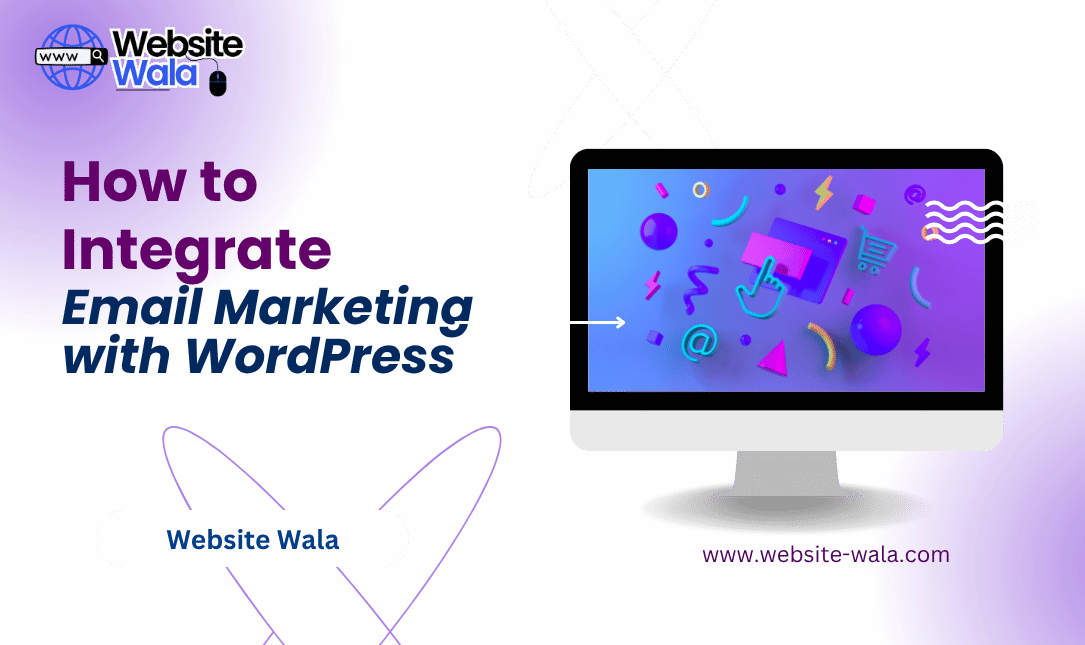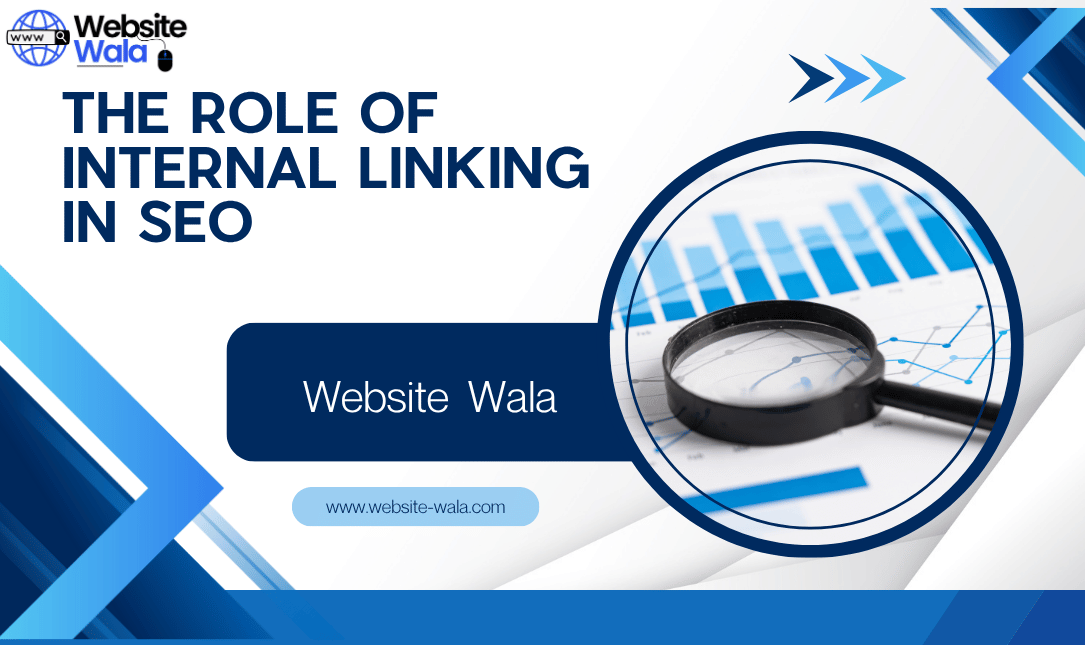
Learn practical strategies on How to Improve Your WordPress Site’s Accessibility for an inclusive, user-friendly web design experience.
Introduction
In today’s digital era, ensuring that your website is accessible to all users, including those with disabilities, is more than just good practice—it’s a necessity. Many businesses underestimate the importance of accessibility in web design, impacting both user experience and search engine optimization. In this guide, we will explore practical steps on How to Improve Your WordPress Site’s Accessibility, ensuring that your website is inclusive, user-friendly, and compliant with accessibility standards.
Why Accessibility Matters in WordPress
Accessibility in web design ensures that your website can be used by people with a variety of disabilities, including visual, auditory, cognitive, and motor impairments. A site designed with accessibility in mind improves overall user experience, broadens your audience, and enhances your brand reputation. For WordPress site owners, understanding How to Improve Your WordPress Site’s Accessibility is essential because WordPress powers over 40% of websites globally, making inclusive design a critical factor in website improvements.
1. Use Accessible Themes and Plugins
The first step in How to Improve Your WordPress Site’s Accessibility is choosing themes and plugins built with accessibility standards in mind. WordPress offers a wide range of accessible themes that follow the Web Content Accessibility Guidelines (WCAG). When selecting plugins, ensure they do not conflict with accessibility features. Accessible themes and plugins provide better keyboard navigation, proper color contrast, and compatibility with screen readers, which are vital for users with disabilities.
2. Optimize Keyboard Navigation
Keyboard navigation is crucial for users who cannot use a mouse. Ensuring your website supports keyboard navigation allows users to access menus, forms, and interactive elements using only their keyboard. To improve How to Improve Your WordPress Site’s Accessibility, test your website by navigating it entirely with the keyboard. Make sure focus indicators are visible and logical. Plugins like WP Accessibility can assist in enhancing keyboard-friendly elements, contributing significantly to your website improvements.
3. Provide Text Alternatives
For images, videos, and other non-text content, providing text alternatives is a fundamental step in accessibility. Alt text allows screen readers to describe images to visually impaired users. Videos should include captions, and any interactive content should provide textual descriptions. Incorporating text alternatives not only aids users with disabilities but also improves your SEO, making it an essential component of How to Improve Your WordPress Site’s Accessibility.
4. Ensure Proper Color Contrast
Color contrast plays a pivotal role in inclusive design. Users with visual impairments or color blindness may struggle to read content if there’s insufficient contrast between text and background. Use online tools to check color contrast ratios and adjust your WordPress theme accordingly. Prioritizing contrast not only benefits accessibility but also enhances the overall user experience, ensuring your website content is readable for everyone.
5. Structure Content with Accessibility in Mind
Well-structured content improves navigation for all users. Using proper headings (H1, H2, H3) and lists helps screen readers understand your website hierarchy. When focusing on How to Improve Your WordPress Site’s Accessibility, ensure that headings are descriptive and sequential. Avoid skipping heading levels, as this can confuse users relying on assistive technologies. Structuring content effectively also enhances SEO and overall website improvements.
6. Make Forms Accessible
Forms are a critical component of many websites, from contact forms to registration pages. Accessible forms include clear labels, instructions, and error messages. For WordPress users, ensuring your forms are compatible with screen readers and keyboard navigation is essential. Plugins like Gravity Forms and WPForms allow you to create accessible forms, making them a practical solution in your journey to How to Improve Your WordPress Site’s Accessibility.
7. Test with Accessibility Tools
Regular testing is key to maintaining an accessible website. Tools like WAVE, Axe, or Lighthouse can help identify accessibility issues and guide website improvements. Testing should be an ongoing process, especially when updating WordPress themes or plugins. By consistently monitoring your site, you can ensure that your WordPress website remains inclusive and meets modern web design standards.
8. Implement Inclusive Design Practices
Inclusive design goes beyond accessibility compliance—it’s about creating a website that serves everyone, regardless of ability. When considering How to Improve Your WordPress Site’s Accessibility, incorporate features such as adjustable font sizes, alternative navigation methods, and readable typography. These strategies improve user experience for all visitors and demonstrate a commitment to accessibility and inclusive design principles.
9. Educate Your Team
Accessibility should be a collaborative effort. Educate your content creators, designers, and developers about best practices in accessibility. WordPress users can benefit from internal guidelines that outline proper use of text alternatives, color contrast, and keyboard navigation. Awareness and training are key to sustainable website improvements and long-term success in How to Improve Your WordPress Site’s Accessibility.
Conclusion
Ensuring that your WordPress site is accessible is not only a moral and legal responsibility but also a strategy that enhances user experience and broadens your audience. By following these practical steps—choosing accessible themes, optimizing keyboard navigation, providing text alternatives, maintaining proper color contrast, structuring content, and implementing inclusive design—you can significantly enhance your website’s accessibility. Regular testing and team education further reinforce your commitment to inclusivity.
Focusing on How to Improve Your WordPress Site’s Accessibility is a vital investment in both your users and your website’s long-term success. With these strategies, you are on the path to creating a truly inclusive design that accommodates users of all abilities, ensuring your WordPress site remains accessible, functional, and user-friendly for everyone.























